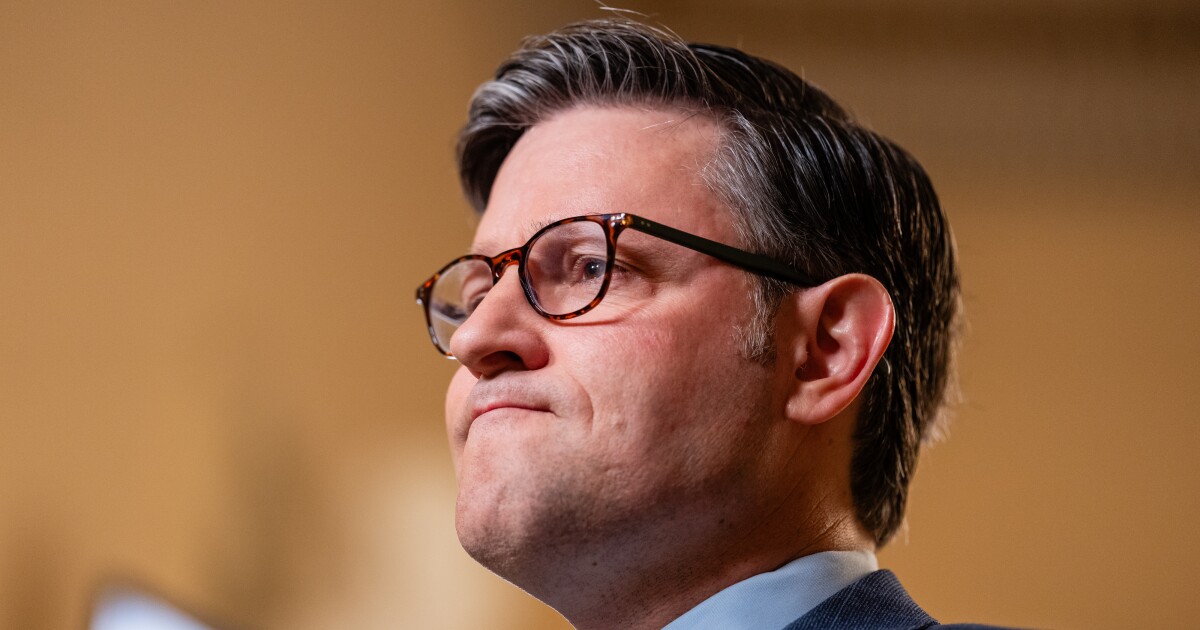Approximately eight years ago, I learned about “Exponential Organizations” while attending Abundance 360, an annual conference organized by Peter Diamandis, author of “Abundance,” founder of X-Prize, and co-founder of Singularity University. Dan Sullivan’s Strategic Coach team, with conference experience, helped with the organization. That conference has grown tremendously over the years and provided insights into the convergence of various technologies, especially the future framework for organizations, including CPA firms. I have always looked outside the CPA profession for trends that will improve our profession.
Open ExO is relevant to CPA firms and their best clients. (I will explain in more detail about best clients later.) At Boomer, we have integrated much of the ExO framework into our consulting practice and Boomer Circles over the past eight years. This year, I decided to get serious and became certified as an ExO consultant. These attributes align with Boomer Consulting’s leadership, talent, technology, process and growth pillars. Let me assure you that becoming an ExO requires a unique-ability team. One individual does not have all the skills. That is true at Boomer and at your CPA firm. It is a team sport!
As CPA firms navigate an increasingly complex and competitive landscape, the need for scalable, efficient and innovative approaches to growth has never been clearer. Enter the concept of the “Exponential Organization” — a framework developed to help businesses achieve tenfold growth by leveraging modern technology and strategic principles. For CPA firms, adopting ExO attributes isn’t just a way to boost profits; it’s a pathway to attract top-tier talent and engage clients looking for forward-thinking solutions.
The ExO framework comprises 11 key elements designed to create a sustainable, high-growth environment. While each attribute is unique, they collectively build a powerful, adaptable infrastructure that can position CPA firms and their best clients for long-term success. Over the past eight years, I presented the concept to numerous firms and immediately the resistance came from within firms about how they didn’t want to be “10x” and they could not find the talent. This is part of the firm immune system that resists change.
Change the question and the ExO framework immediately becomes relevant. How do firms add 10x value to their best clients? Many firms focus too little on their top 20% of clients (who produce 80% of their revenue) and spend too much time on the other 80%. Focus on the top 20% and transformation utilizing the ExO framework serves as an inspirational and guiding roadmap. The good news is that most firms only need to focus on three or four of the attributes to transform, while startups need to focus on all the attributes.
Defining the ‘why’
At the heart of any Exponential Organization is its “massive transformative purpose” — a compelling reason for existing that goes beyond profits. For CPA firms, an MTP could be “Designing firms and their clients for success in the 21st century and beyond.”
An MTP serves as a guiding star for the firm, aligning team members, processes and services with a shared vision. This clarity of purpose is a magnetic force for talent, especially for young professionals seeking meaningful work in values-driven environments. When clients see a firm operating with purpose, it builds trust, strengthens relationships, and differentiates the firm in a crowded marketplace. Once you have defined your MTP, the attributes accelerate the execution of your vision.
1. Staff on demand: Flexibility with high-quality freelance talent. Traditional CPA firms often carry fixed overhead in the form of full-time staff. However, by incorporating a “staff on demand” model, firms can leverage a network of skilled freelancers and contractors for specific projects, allowing flexibility and cost efficiency.
Engaging external experts can reduce payroll costs, especially during off-peak seasons, and attract niche talent without the full-time commitment. This also allows firms to expand their services rapidly as they respond to new market demands. Additionally, the firm’s workforce can scale up or down as needed, keeping operational costs lean and profit margins robust.
2. Community and crowd: Harnessing collective knowledge and resources. An ExO thrives on the knowledge, resources and insights of a wider community. By cultivating a network of trusted advisors, clients and partners, CPA firms can build an active community around their services. For example, firms can create virtual communities where clients and advisors engage in real time to share insights, pose questions, and resolve issues. This community-oriented approach strengthens client relationships and provides valuable feedback, driving continuous improvement in service delivery.
Beyond clients, firms can harness the expertise of crowds to improve services and internal processes — processes that allow employees and stakeholders to suggest and vote on innovations, leading to crowdsourced solutions that benefit the entire firm.
3. Algorithms: Driving efficiency and consistency. Incorporating algorithms is a powerful way for CPA firms to automate repetitive tasks, streamline workflows, and reduce human error. For instance, automated data extraction can simplify tax preparation by gathering financial data directly from clients’ systems, reducing the time spent on data entry and review.
Algorithms can also aid in predictive analytics for cash flow management, resource allocation, and client advisory services. By leveraging these technologies, CPA firms not only improve efficiency and accuracy, but can also shift focus to higher-value tasks such as advisory services, thereby increasing client value and profitability.
4. Leveraging assets: Shifting from ownership to access. ExO firms often move away from owning physical assets, instead opting for a shared or leased approach to minimize overhead. For CPA firms, leveraging digital tools and cloud-based platforms provides the same level of functionality without the burden of infrastructure costs.
By utilizing software-as-a-service solutions, CPA firms can avoid the hefty upfront costs of software and hardware, instead paying a manageable subscription fee for flexible access. This keeps operational costs low while ensuring the firm has access to the latest technology, all without the hassle of maintenance and upgrades.
5. Engagement: Cultivating a connected workforce and client base. Employee and client engagement play a central role in the ExO success. Digital platforms like Asana and Microsoft Teams allow for seamless internal communication, fostering collaboration and quick information sharing.
Firms can take engagement a step further by gamifying certain tasks and projects, and rewarding employees for milestones achieved. For clients, engagement can mean creating user-friendly client portals where they can track their progress, upload documents, and receive real-time updates.
Engagement isn’t only about improving experiences; it’s about creating a culture of transparency and trust. When employees and clients feel connected and informed, they are more likely to remain loyal and invested in the firm’s success.
6. Interfaces: Streamlining client and employee interaction. A smooth interface is crucial for managing the complexities of client-firm interactions. Custom portals, for example, can allow clients to access their data, track project statuses, and communicate with advisors in real time.
For CPA firms, the interface attribute focuses on making it easy for clients and employees to navigate systems and processes. A well-designed interface for employees can improve efficiency by making tools and information readily accessible, while clients enjoy a hassle-free experience that adds value to the firm-client relationship.
7. Dashboards: Real-time metrics for data-driven decisions. ExO firms rely on dashboards to monitor their progress toward key performance indicators and goals. Dashboards allow CPA firms to visualize their data in real time, helping partners and managers track client projects, financial metrics, and employee performance.
For example, a dashboard displaying revenue per full-time equivalent provides valuable insights into profitability and efficiency. By monitoring these KPIs, CPA firms can make informed, agile decisions, identifying areas for improvement and optimizing resource allocation.
8. Experimentation: Fostering a culture of innovation. The willingness to experiment is essential for innovation. CPA firms can foster a culture of experimentation by encouraging employees to test new ideas without fear of failure. This could mean piloting a new client service model, testing emerging software, or exploring AI-driven tools for client engagement.
The goal is to embrace agile principles — adapt, test, learn and improve. Small, iterative experiments allow firms to discover what works before investing heavily, reducing risk while positioning the firm as a leader in modern, innovative services.
9. Autonomy: Empowering teams to act. In a traditional CPA firm, hierarchical structures can limit innovation. ExO firms, by contrast, embrace decentralized decision-making, allowing teams to act autonomously in their respective domains. This empowers team members to address client needs proactively, make faster decisions, and deliver services that are both timely and relevant.
Empowered employees are more likely to feel satisfied and engaged, reducing turnover and attracting top talent. Moreover, autonomy helps foster a client-centered approach that enhances service quality and customer satisfaction.
10. Social: Improve teamwork, collaboration and communications. Social technologies in business incorporate the many communication tools that make conversations in the workplace smoother, quicker and way more effective. They encompass communication tools (such as social messaging and discussion forums), collaboration tools (such as cloud-based document management for sharing and real-time editing), and workflow tools (to manage tasks and activity streams.)
Implementing the ExO framework
Transitioning to an ExO model is a journey that often takes 18 to 36 months, depending on the firm’s size, existing infrastructure, and willingness to change. CPA firms can start small, experimenting with one or two attributes before gradually integrating more. Success depends on strong leadership, a shared vision, and an actionable game plan.
The ExO model isn’t just about growth for growth’s sake. It’s about building a firm that can thrive in a rapidly changing environment, delivering exceptional value to clients and creating a work environment where talent can flourish. CPA firms that embrace ExO attributes position themselves as agile, innovative and resilient, equipped to drive profit growth while remaining attractive to both clients and employees.
In conclusion, ExO attributes offer CPA firms a roadmap for transformation.
By adopting an MTP, leveraging assets smartly, embracing staff on demand, and fostering an environment of experimentation and autonomy, CPA firms can enhance profitability, attract top talent, and create enduring client relationships. In a world where change is constant, the ExO model provides a blueprint for sustainable success and a competitive edge in the evolving professional services landscape.


 Blog Post1 week ago
Blog Post1 week ago
 Economics1 week ago
Economics1 week ago
 Finance1 week ago
Finance1 week ago
 Personal Finance1 week ago
Personal Finance1 week ago
 Accounting1 week ago
Accounting1 week ago
 Economics1 week ago
Economics1 week ago
 Personal Finance6 days ago
Personal Finance6 days ago
 Personal Finance1 week ago
Personal Finance1 week ago












